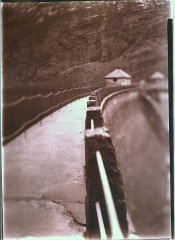Ed_Davor
Member
- Joined
- Jan 22, 2006
- Messages
- 252
- Format
- Multi Format
Hi
this is not limited to 35mm photography but I can't see a separate forum for lenses, so I'll post here, but it's NOT tied to 35mm
Anyway, as far as I know, there are two kinds of distortions from "correct" bokeh, which is supose to be when lights make uniform circles..
One is when you get regular smooth blur where light sources are stronger in the middle and fade towards edges of the circle.
The other is reversal of this, when the light sources appear weak in the middle.
so I have a few questions about that:
Can someone show me an example of the third kind of bokeh (the one where you get lights with dim centers, the "negative" bokeh)?
And also, I'd like to ask you people, which do you prefer of these 3 types of bohek yourself and why?
this is not limited to 35mm photography but I can't see a separate forum for lenses, so I'll post here, but it's NOT tied to 35mm
Anyway, as far as I know, there are two kinds of distortions from "correct" bokeh, which is supose to be when lights make uniform circles..
One is when you get regular smooth blur where light sources are stronger in the middle and fade towards edges of the circle.
The other is reversal of this, when the light sources appear weak in the middle.
so I have a few questions about that:
Can someone show me an example of the third kind of bokeh (the one where you get lights with dim centers, the "negative" bokeh)?
And also, I'd like to ask you people, which do you prefer of these 3 types of bohek yourself and why?









